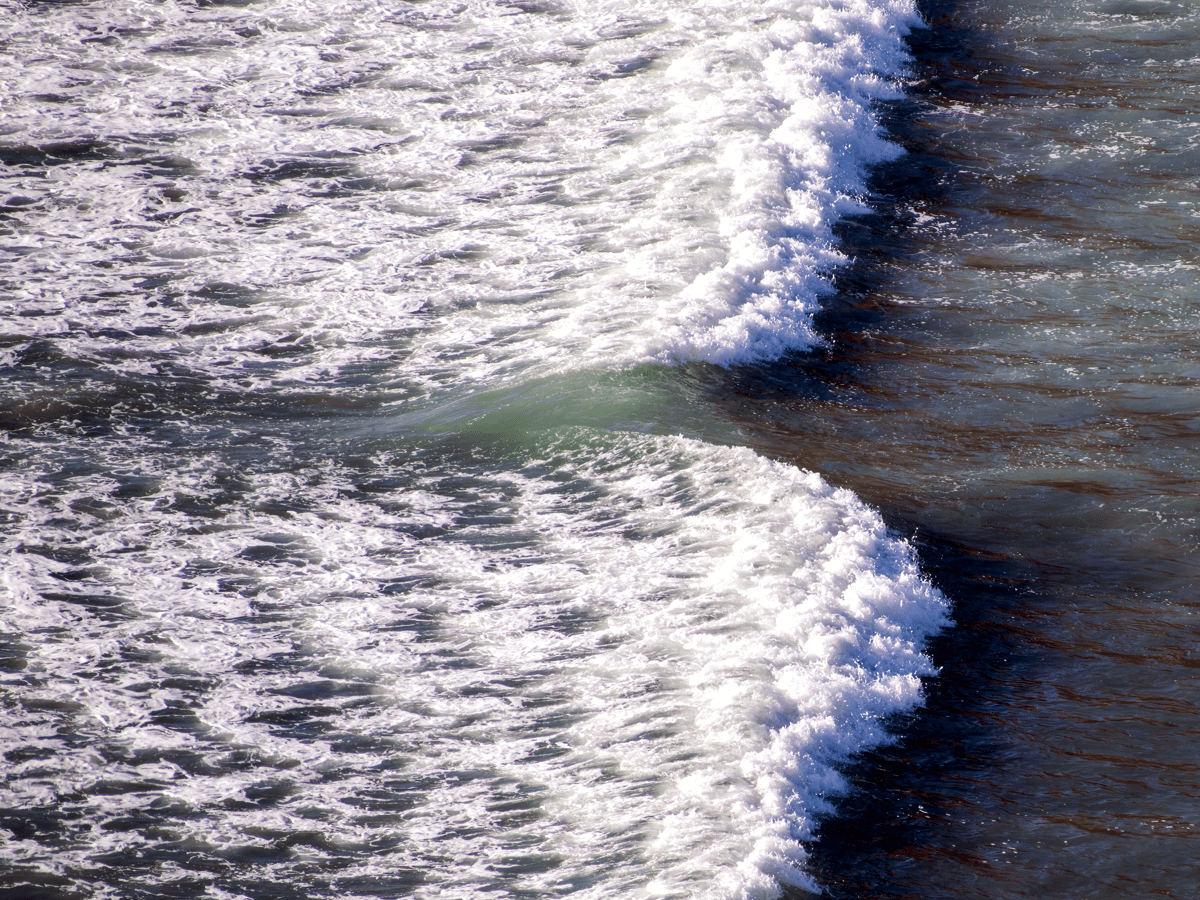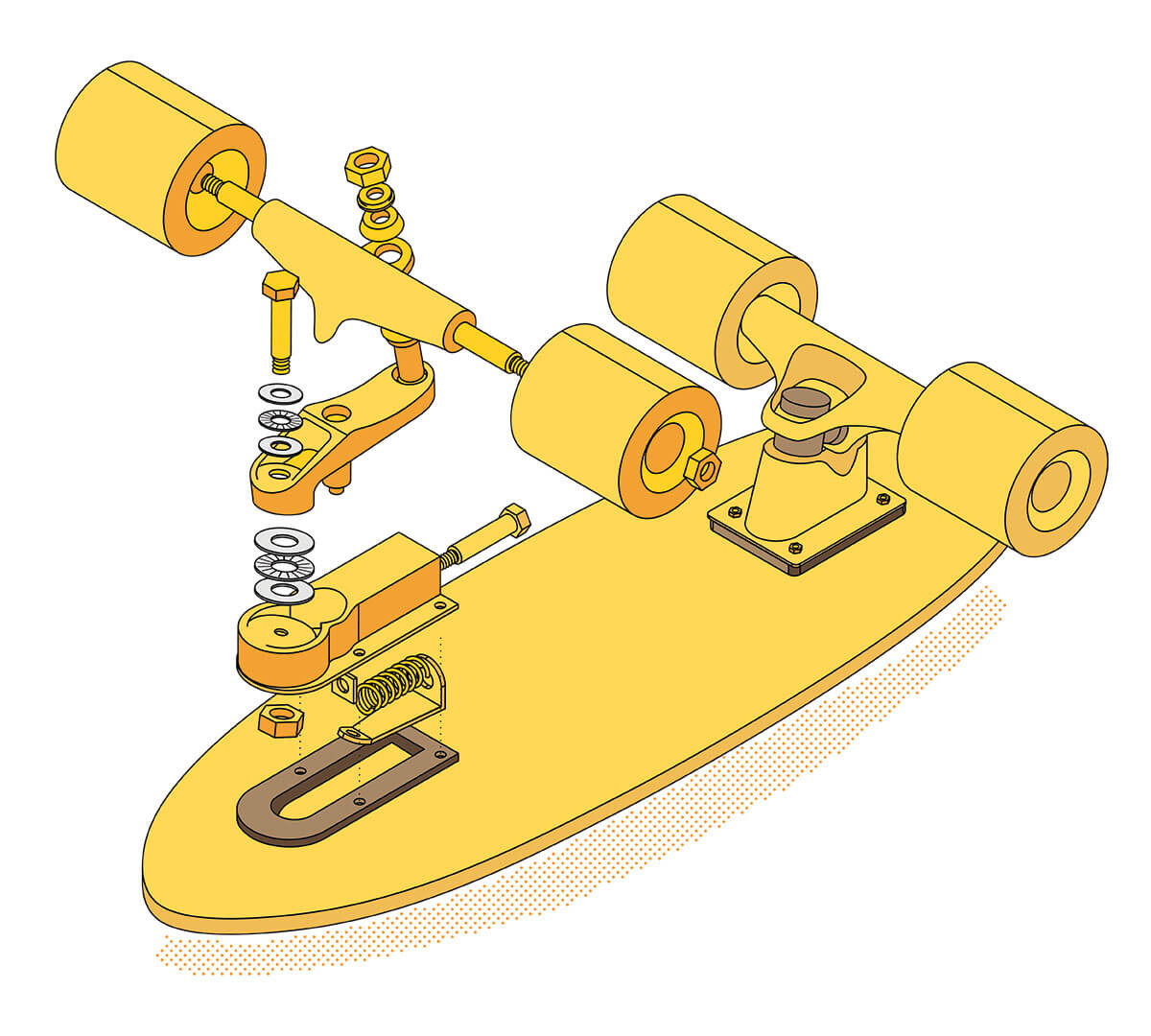➊ According to NOAA, rip currents may occur near low spots and breaks in sandbars and structures such as jetties and piers. A rip current flows from the shore out to sea, perpendicularly
or at an angle to the shore.
➋ Rip currents generally reach 1-2 feet per second and can occur in different sizes and velocities depending on wave action.
➌ As rip currents move across the shore and can be forceful, swimmers should exercise caution. The best escape from a rip current is to swim parallel to the shore, as rip currents are often less than 80 feet wide.
➍ Alternatively, a swimmer can let the current take them out to sea until the force weakens. Usually, rip currents will remain close to the shore and dissipate beyond the break of waves, but they can also push a swimmer a long way out.
➎ In the event of being caught in a rip current, the key is to stay calm. Remember to breathe, keep your head above water, and avoid exhausting yourself by struggling against the current.
KEEP CALM AND LET THE LIFEGUARD HANDLE IT
If you’re a good swimmer, use the waves to your advantage by allowing them to propel you towards the shore. Signal for assistance by waving and calling out to lifeguards or those on shore if necessary. If you observe someone struggling in a rip current from land, call for help immediately. Avoid attempting the rescue yourself, as only trained lifeguards should attempt to aid with the use of a rescue buoy.















